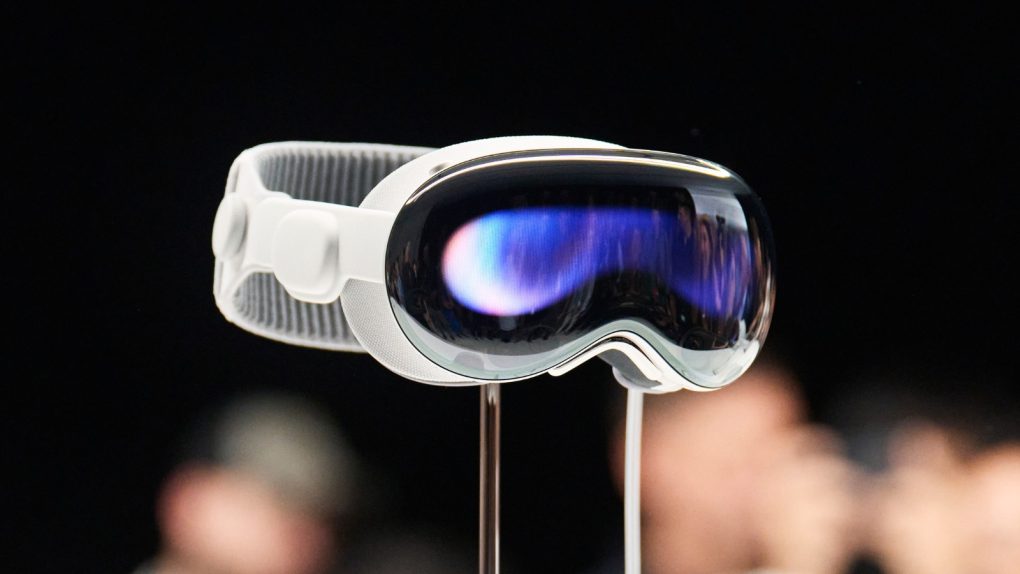Last month, BGR reported that Apple Vision Pro won’t likely expand outside the US in 2024. Now, a Financial Times story (via Bloomberg) shows that launching this product in early 2024 in the United States will be a challenge itself.
This single-curved glass piece with stainless steel has proven to be more complex to manufacture than anticipated. While the company could produce almost a million units by 2024 – if it depends on Sony’s OLEDoS displays– it seems Luxshare will only be able to produce less than 400,000 units of this headset next year.
According to supply chain information, Apple only asked for “enough parts for 130,000 to 140,000 units in the first year, while plans for a cheaper version have been pushed back.” The main issue while manufacturing Apple Vision Pro is its high-resolution inward displays, which also project the wearer’s eyes to the outside world.
With Apple unable to produce enough units of Vision Pro for 2024, the company has also decided to push back its more affordable version, which was expected to launch sometime in 2025. An Apple spokesperson declined to comment on this matter to both publications.
Previously, we thought what would hold Apple back would be Sony’s capacity to produce OLEDoS displays. While its production is limited to 900,000 units per year, it seems the Cupertino firm and Luxshare will have to make the Vision Pro manufacturing process more accessible to catch up with the display demands.
That being said, if Apple can’t figure out how to manufacture its Vision Pro spatial computer, not only will it be difficult for customers to get their hands on this project early next year, but an expansion to other markets – and even promoting a second-generation will take more than expected.
If this device has a slow rollout – and a cheaper version is already being pushed back – it seems most people won’t be able to buy this product for at least two to three years, making it hard for users to see Apple’s vision of the future.








